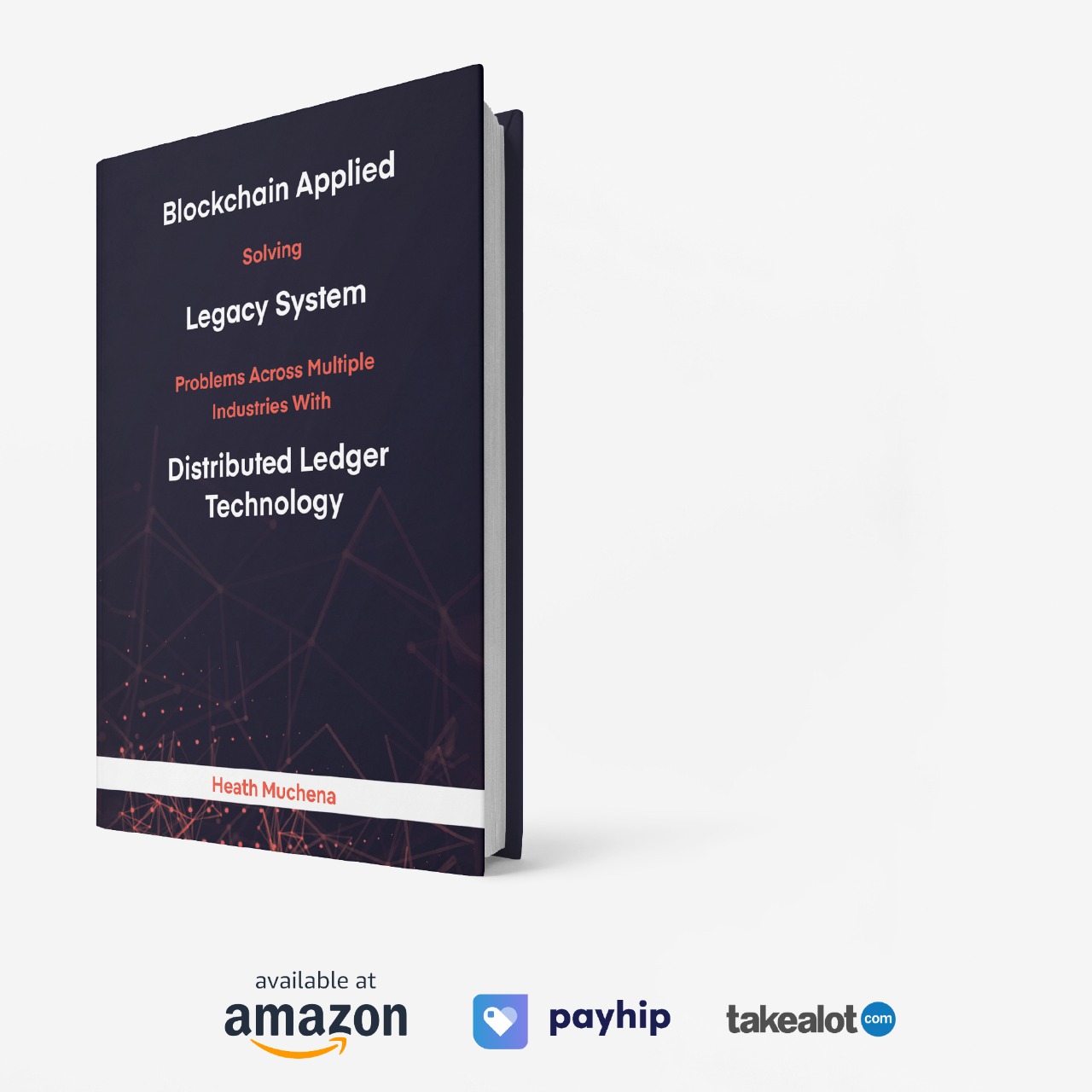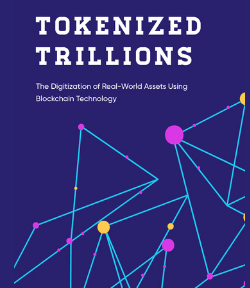
How to Buy Spot Bitcoin ETFs: Step-by-Step
Where to Buy Spot Bitcoin ETFs in 2025: A Complete Guide.
Spot Bitcoin ETFs have moved from expectation to reality. Approved by regulators, they now let everyday investors gain exposure to Bitcoin via traditional financial markets – without the hassles of custody, wallets, or exchanges. If you’re wondering where and how to buy them, this article gets you fully informed for 2025.
What Are Spot Bitcoin ETFs?
A Spot Bitcoin ETF (or Exchange-Traded Product, ETP) is a fund that holds actual Bitcoin (“spot” BTC) in custody and issues shares that trade on regulated stock exchanges. The price of these shares closely tracks the real-time Bitcoin price, as opposed to futures-based ETFs which track derivative contracts.
Key benefits of spot ETFs:
- You don’t have to manage wallets or private keys.
- They trade like stocks—market or limit orders, in brokerage accounts.
- Eligible for tax-advantaged accounts in some jurisdictions.
- But: they still carry crypto volatility, custodian risk, and fees.
Major Spot Bitcoin ETFs Already Trading
As of early/mid-2025, there are 11 approved spot Bitcoin ETFs trading in the U.S. These include:
| Ticker | Fund Name | Fee / Expense Ratio* | Custodian / Notable Features |
|---|---|---|---|
| ARKB | ARK 21Shares Bitcoin ETF | ~0.21% | A major name, good volume |
| BITB | Bitwise Bitcoin ETF | ~0.20% | Strong track record |
| IBIT | BlackRock’s iShares Bitcoin Trust | ~0.25% | Very high liquidity; Coinbase as custodian |
| EZBC | Franklin Digital Bitcoin (EZBC) | ~0.19% | Lower fee, newer entrant |
| HODL | VanEck Bitcoin Trust | ~0.20% | Recently had fee waivers / promos |
| FBTC | Fidelity Wise Origin Bitcoin Fund | ~0.25% | Custodied via Fidelity’s digital assets arm |
| BTCW | WisdomTree Bitcoin Fund | ~0.25% | Another relatively new fund |
| BTCO | Invesco Galaxy BTC ETF | ~0.25% | Strong issuer reputation |
| BRRR | Valkyrie Bitcoin Fund | ~0.25% | Dual custody widely reported |
| Others include Grayscale BTC Trust (GBTC) which started life as non-ETF, and some newer entrants. |
*Fees shown are approximate and subject to change.
These ETFs are listed on major U.S. exchanges such as NYSE, Nasdaq, or Cboe.
Where You Can Buy Them (Platforms)
To buy spot Bitcoin ETFs, you’ll need a brokerage account. Most traditional brokerages and many robo-advisors now support these new ETFs. Below is a comparison of platforms and what to expect.
| Platform / Type | Account Minimums | Availability of Spot Bitcoin ETFs | Key Perks | Things to Watch |
|---|---|---|---|---|
| Fidelity | $0 | Offers spot Bitcoin ETPs such as FBTC via brokerage accounts & retirement-eligible products. Fidelity | High trust, good custodian practices, integrates with traditional portfolios. | Some retirement plans may impose extra restrictions. |
| Interactive Brokers | $0 (varies regionally) | Supports many of these ETFs, along with other crypto products. | Global reach, robust tools, good for active investors. | Fees can vary depending on trading volume, account type. |
| Charles Schwab, E*TRADE, Robinhood | $0 | Most major spot Bitcoin ETFs are available under their ETF offerings. | Ease of use, many educational materials. | Watch for brokerage fees or spreads. |
| Robo-Advisors(e.g. automated investing services) | Low or none | Growing support, though may lag availability or limit options. | Auto-rebalancing, hands-off approaches. | Less flexibility, sometimes higher fees. |
Recent Regulatory Developments
- In September 2025, the SEC approved new generic listing standards which significantly streamline the processfor crypto spot commodity ETFs to list on exchanges like NYSE, Nasdaq, and Cboe.
- This is expected to cause a wave of new spot crypto ETFs beyond Bitcoin and Ethereum (e.g. altcoins) to be approved faster.
Fees, Custody & Key Factors to Evaluate
When choosing a spot Bitcoin ETF, here are key attributes to compare:
- Expense Ratio / Management Fee
Look for funds charging between ~0.15% – 0.30%. Higher fees—like Grayscale’s older trusts—can eat into returns. - Custodian & Security
Many ETFs use Coinbase as custodian. Some (like FBTC) use internal ones. Understand custody risk. - Assets Under Management (AUM) & Liquidity
More assets usually mean tighter spreads and better liquidity. Big issuers like BlackRock’s IBIT tend to lead here. - Tax Treatment & Account Eligibility
Some ETFs can be held in IRAs, Roth IRAs, or similar accounts depending on the broker. Tax treatment depends on your jurisdiction. - Trading Hours & Market Access
These ETFs trade during regular stock market hours. If you need 24/7 access or want to trade outside U.S. times, direct crypto might still be necessary.
How to Buy Spot Bitcoin ETFs: Step-by-Step
- Open a brokerage account with a platform that supports U.S.-listed spot Bitcoin ETFs.
- Fund your account sufficiently to cover share price + fees.
- Choose your ETF by comparing fee, custodian, liquidity.
- Place an order: Market order for quicker execution, or limit order if targeting a specific price.
- Track performance regularly and keep aware of crypto news, regulatory shifts.
Pros & Cons Snapshot
| Pros | Cons |
|---|---|
| Regulated exposure to Bitcoin without holding it | You don’t own the actual Bitcoin — no self-custody, no staking, etc. |
| Available through brokerage & tax-advantaged accounts | Subject to crypto volatility and regulatory risk |
| Cleaner tax treatments in many jurisdictions | Custodian risk: storage, security, or counterparty issues |
| Easier for institutions and traditional investors to adopt | Fees can vary and promotions/waivers tend to be temporary |
Key Takeaways
Spot Bitcoin ETFs have opened a new, more accessible door into cryptocurrency investment. If you want Bitcoin exposure without managing wallets or learning crypto exchanges, these ETFs are one of the best paths forward.
To make the most of them in 2025:
- Use a reputable brokerage you already trust (or one with strong reputation).
- Compare fees, custodians, and liquidity.
- Don’t assume lower risk—Bitcoin’s volatility still applies.
- Regulatory landscape is improving, which should help with more options soon.






